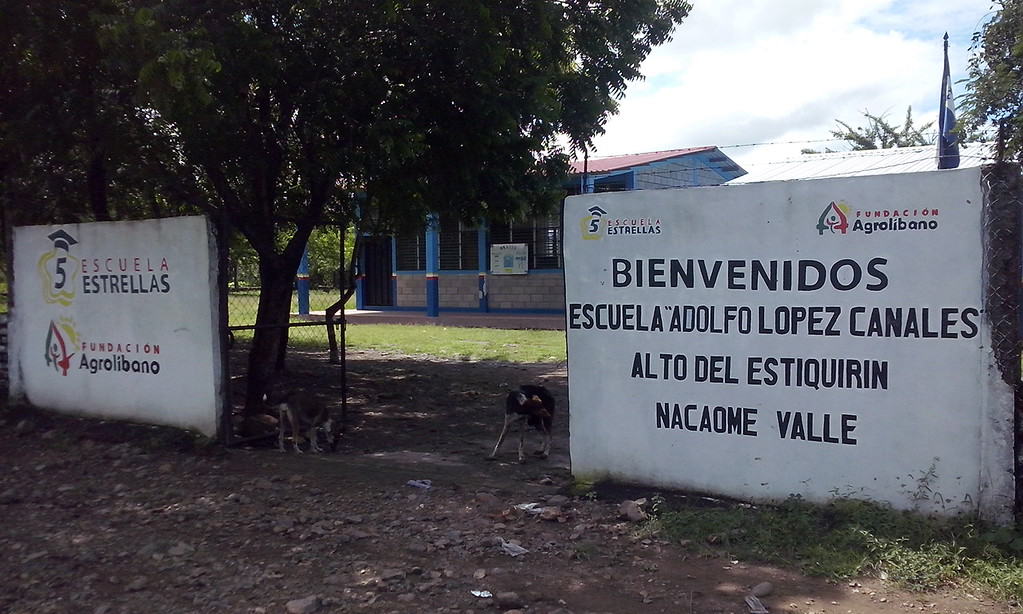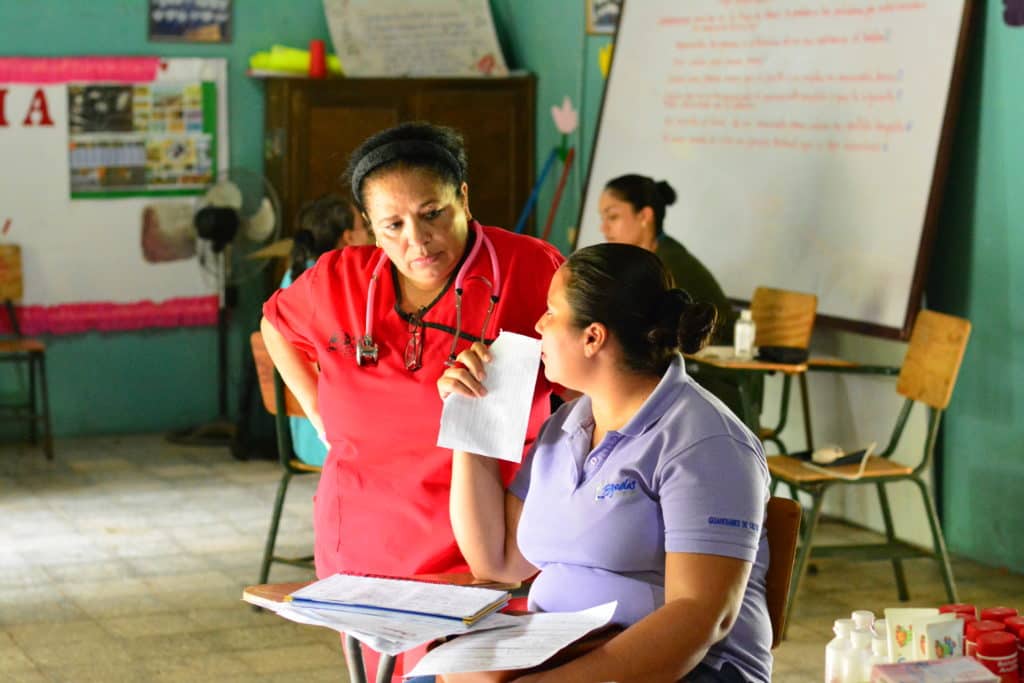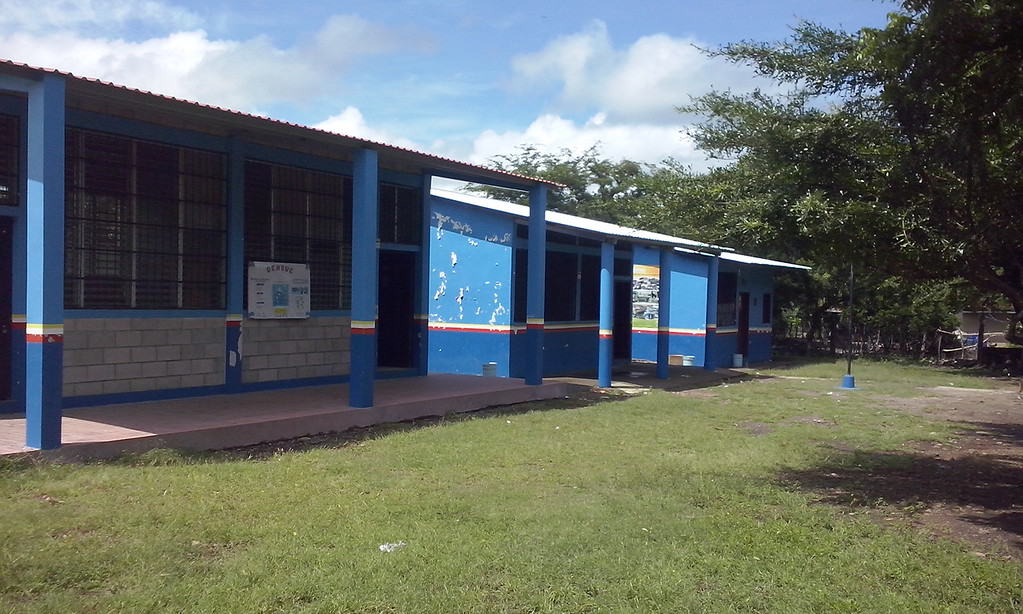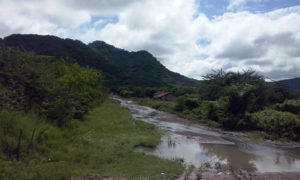HEALTH CARE ACCESS
The Honduran government provides two different types of health centers throughout rural Honduras: Centros de Salud Médico Odontológico (CESAMOs) and Centros de Salud Rural (CESARs). CESAMOs are the larger of the two, often found in municipalities, and typically have at least one physician on staff at all times with nurses and potentially a dentist. CESARs are found sporadically in rural communities and generally have a single nurse available. Even with this coverage, it is important to note that medications, supplies, and materials are often not available in these health centers and the physician density in Honduras remains around 1,220 people for every one doctor. According to the World Health Organization, there should be a maximum of 435 people per physician to qualify a country as having adequate access to medical attention.
There is no health center in the community of Altos de Estiquirín. If community members need to seek medical attention, they must walk six kilometers to the nearest CESAR in El Tular. The most common illnesses reported by community members in Altos de Estiquirín include arterial hypertension, a chronic cough, and the common cold.
 Altos de Estiquirín is located within the municipality of Nacaome in the department of Valle in southern Honduras. The typical house is made of adobe. Children in the community have access to education up to sixth grade. There is no water system within the community. Most of the community members work in agriculture, especially in corn production. The top needs expressed by Alto de Estiquirín’s inhabitants during their initial communications with Global Brigades include a potable water system and in-home public health infrastructure.
Altos de Estiquirín is located within the municipality of Nacaome in the department of Valle in southern Honduras. The typical house is made of adobe. Children in the community have access to education up to sixth grade. There is no water system within the community. Most of the community members work in agriculture, especially in corn production. The top needs expressed by Alto de Estiquirín’s inhabitants during their initial communications with Global Brigades include a potable water system and in-home public health infrastructure. COMMUNITY HEALTH WORKERS
COMMUNITY HEALTH WORKERS BRIGADE INFORMATION
BRIGADE INFORMATION BRIGADE INFORMATION
BRIGADE INFORMATION